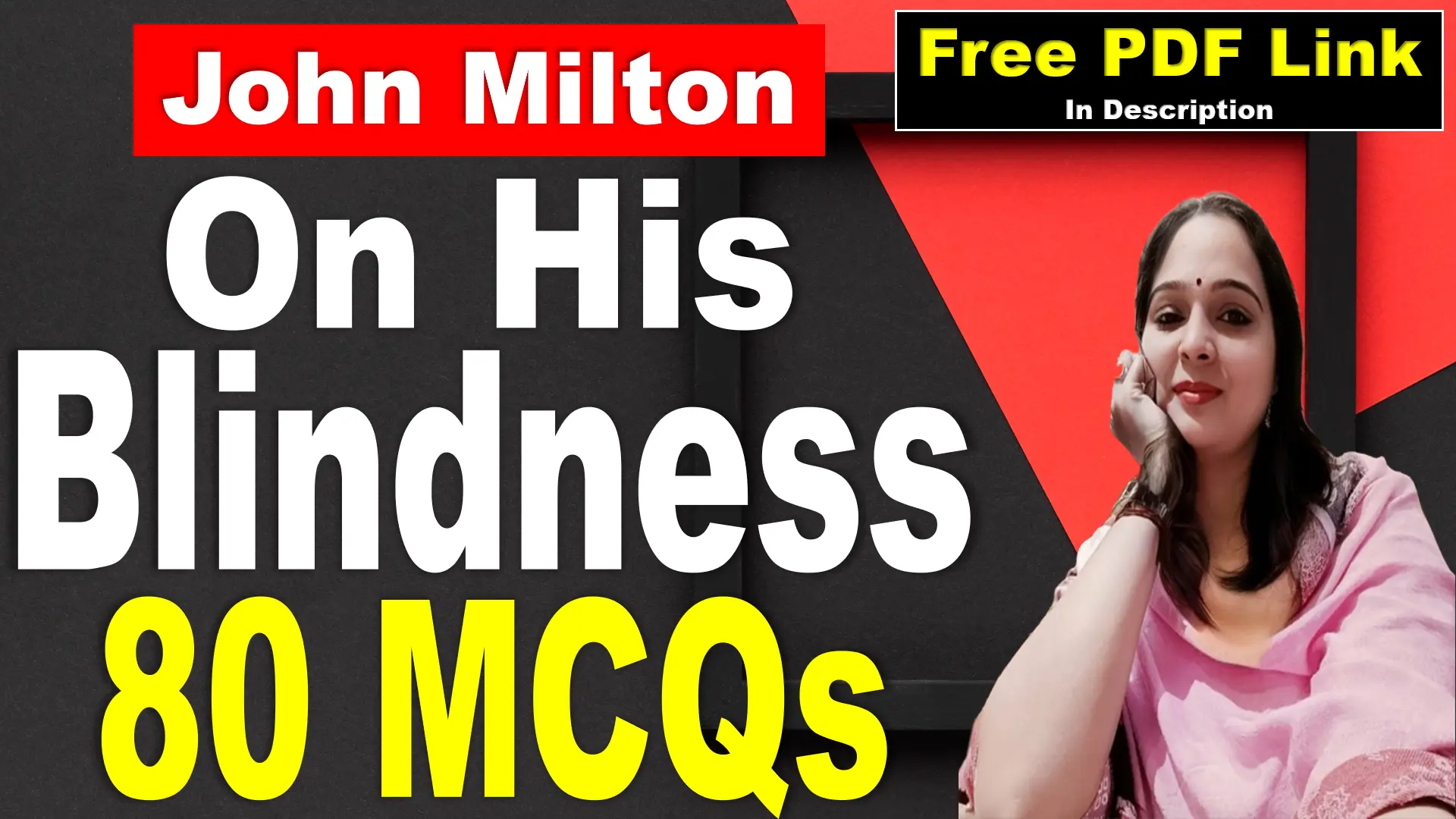
The World Is Too Much With Us by William Wordsworth | The World Is Too Much With Us | Explanation | Summary | Key Points | William Wordsworth | Word Meaning | Questions Answers | Critical Appreciation | Free PDF Download – Easy Literary Lessons
The World Is Too Much With Us
(William Wordsworth)
The world is too much with us; late and soon,
Getting and spending, we lay waste our powers;—
Little we see in Nature that is ours;
We have given our hearts away, a sordid boon!
This Sea that bares her bosom to the moon;
The winds that will be howling at all hours,
And are up-gathered now like sleeping flowers;
For this, for everything, we are out of tune;
It moves us not. Great God! I’d rather be
A Pagan suckled in a creed outworn;
So might I, standing on this pleasant lea,
Have glimpses that would make me less forlorn;
Have sight of Proteus rising from the sea;
Or hear old Triton blow his wreathèd horn.





